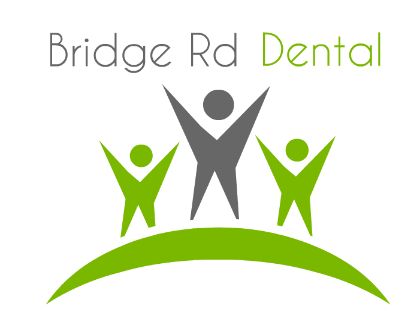Occlusal Splint Therapy in Richmond
 Are you someone who clenches and grinds their teeth often? Do you wake up with sore teeth, jaws or headaches? Are you exhibiting symptoms of TMJ disorder? Occlusal splint therapy could help.
Are you someone who clenches and grinds their teeth often? Do you wake up with sore teeth, jaws or headaches? Are you exhibiting symptoms of TMJ disorder? Occlusal splint therapy could help.
Symptoms of Teeth Grinding (Bruxism)
Most people don’t realise that they clench or grind their teeth unless someone like their sleep partner tells them. But such bruxism habits tend to exert up to 10 times the force on your teeth than regular biting and chewing. Over time all of that excessive pressure can lead to
- Gum recession
- TMJ disorder
- Broken dental restorations
- Fractured, worn teeth
- Headaches
- Facial pain
- Prematurely aged teeth
Excessive wear to your tooth enamel will cause your teeth to look flatter and shorter. In time, this habit can lead to teeth being hidden behind your lips when you smile. While shorter teeth are a common side effect of aging, they aren’t natural for someone in their 20s or 30s. As a result, excessive bruxism can make your smile look older than you really are.
An occlusal splint is a type of device that people wear to prevent their upper and lower teeth from tightly clenching or grinding against one another. It’s made of a durable, plastic-like material that is moulded to the shape of your teeth. When you wear one, it places a slight buffer between your teeth so that they don’t completely engage. This position also trains your TMJ and surrounding jaw muscles to relax rather than clench tightly.
Some people naturally stop clenching their teeth after a few months of wearing an occlusal splint. Others may take up to a year or more. If you see signs of wear in your splint, it’s damage that you managed to avoid to your teeth. A splint can easily be replaced more affordably than tooth structure can!
The cartilage inside of your jaw joints (TMJ) can gradually suffer deterioration and damage from overuse. Untreated bruxism may lead to chronic TMJ pain, popping, clicking or a limited range of motion. Anything from eating to laughing can become painful.
Often, the best treatment for TMJ disorder is non-invasive therapy, such as wearing an occlusal splint. Training your jaw muscles to relax can naturally lead to pain relief.
Bruxism is the term we use to describe chronic teeth clenching and grinding. Many people experience bruxism because of chronic stress. If you’re someone who tends to feel tension in your body when you’re focused on a project, busy at work or during your daily commute, there’s a good chance you’re also clenching your teeth. In time this habit can lead to the other symptoms mentioned, like headaches or worn teeth.
Although stress management may not always be feasible, investing in an occlusal splint usually is. The modest device safeguards your smile and encourages your TMJ muscles to relax, even if your mind isn’t.
Pain Relief Is Just a Click Away
For custom bite/occlusal splints in Richmond request an appointment at Bridge Rd Dental now.
Any invasive or surgical procedure may carry risks. Before moving forward, it is recommended that you seek a second opinion from an appropriately licensed medical professional.

